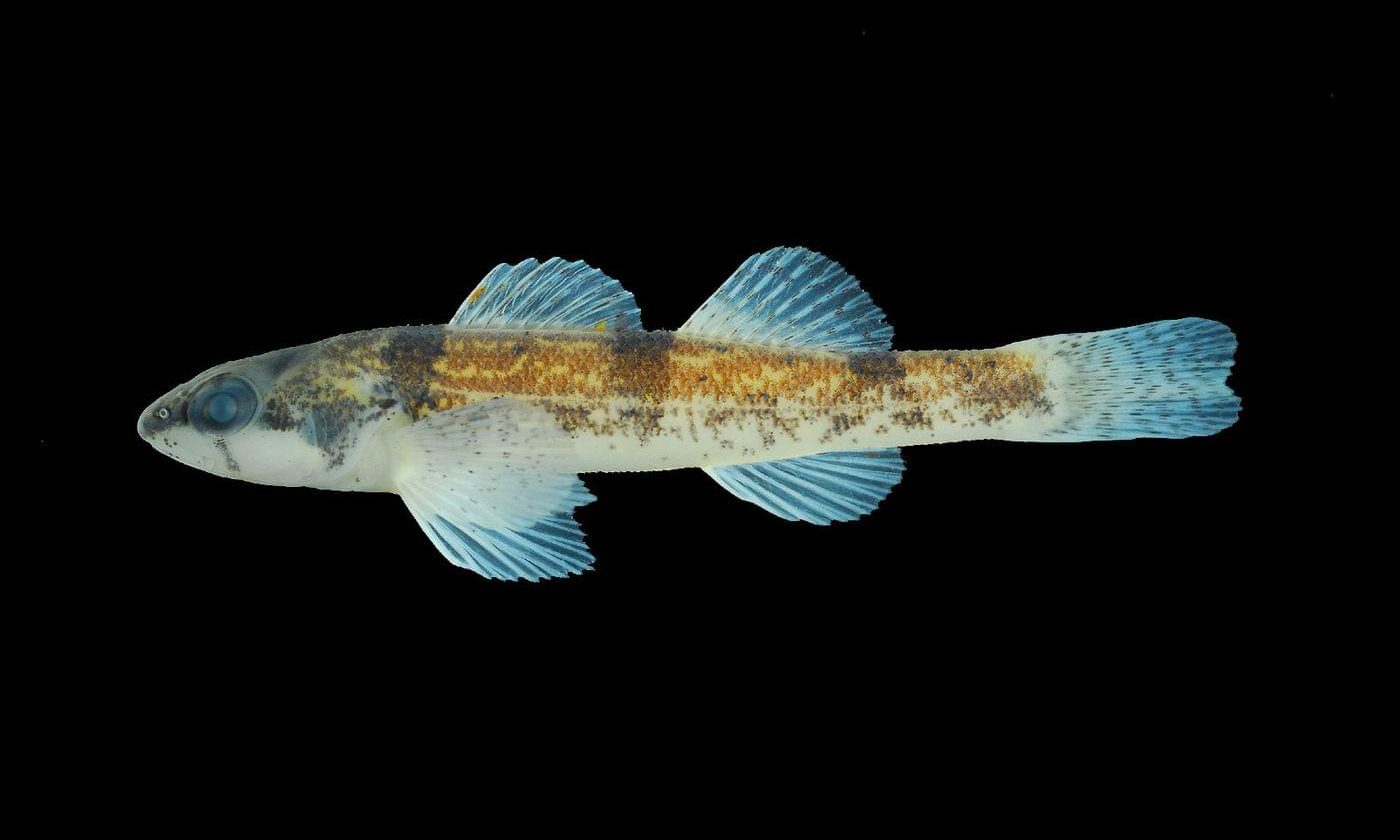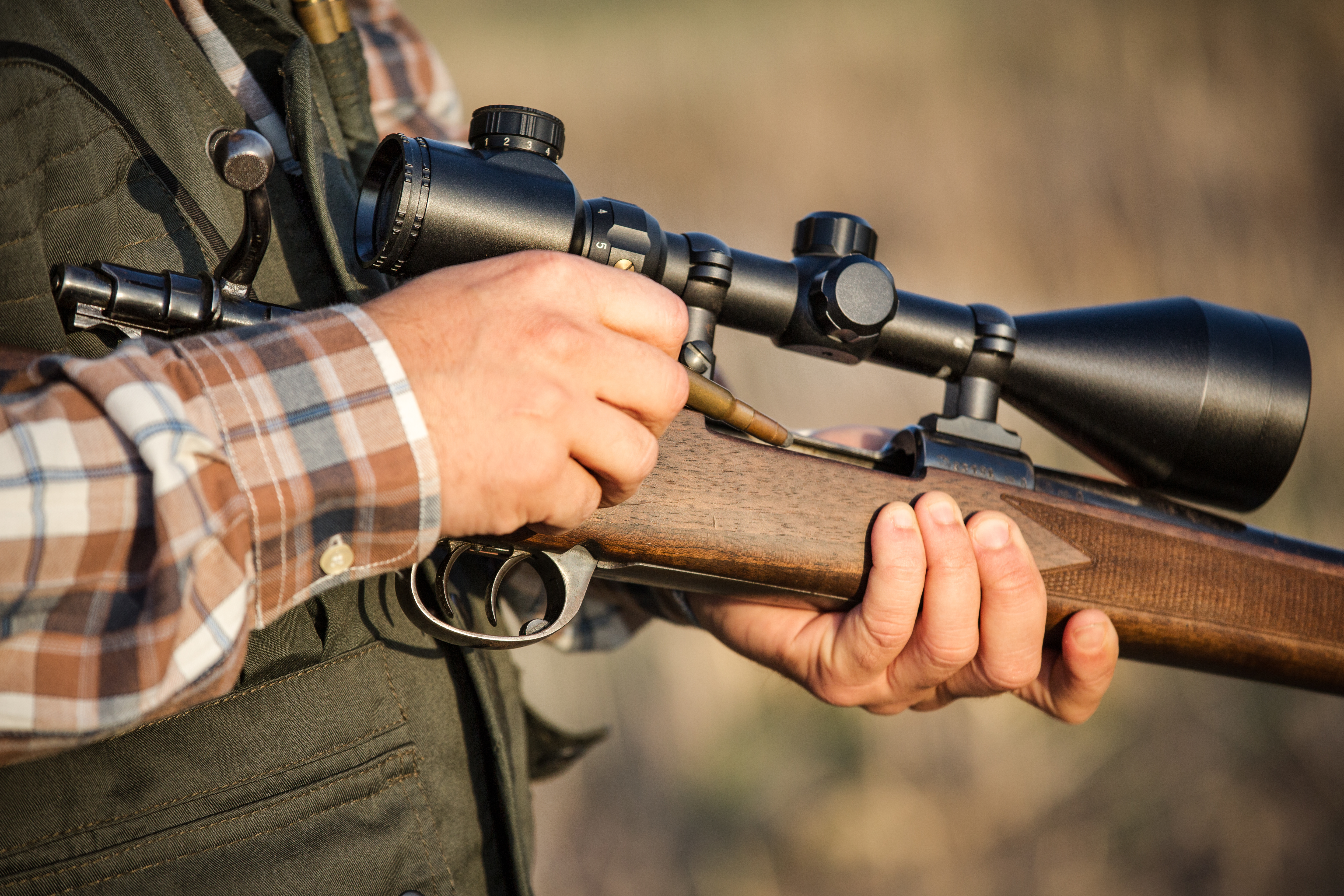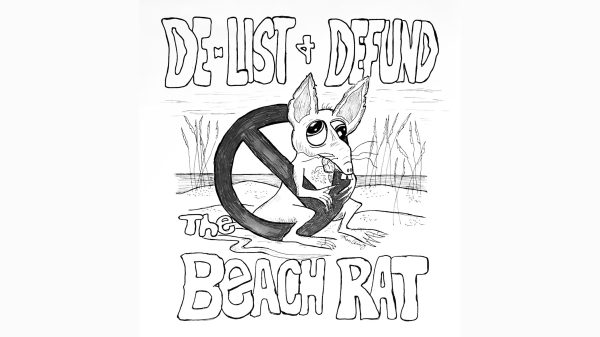The U.S. Fish and Wildlife Service on Tuesday finalized the critical habitat designation for the threatened trispot darter in the upper Coosa River Basin in Tennessee, Georgia and Alabama.
The trispot darter is a small, bottom-dwelling, freshwater fish native to the upper Coosa River Basin.
Critical habitat is defined by the Endangered Species Act as an area having the physical and biological features essential for the recovery of listed species.
Federal protections for the trispot darter will assist state and local efforts to protect the species by raising greater awareness of the threats to the fish and focusing conservation efforts on its behalf.
The designated critical habitat for the darter consists of six units totaling approximately 175 river miles and 9,929 acres of occupied habitat with state ownership of the navigable waterways and private ownership of spawning habitat in smaller, non-navigable streams.
No Department of Defense or tribal lands are included in the designation. Much of the designated critical habitat for the darter overlaps with existing critical habitat for other aquatic species or is within areas where listed species already occur.
The service is also finalizing a 4(d) rule under the ESA that will tailor protections for the trispot darter and provide regulatory certainty to landowners. The rule is designed to identify activities that are beneficial, or not otherwise harmful to the darter, and allow those activities to continue.
“Identifying critical habitat for the trispot darter will help the Service and our partners in Tennessee, Georgia and Alabama zero in on the great conservation work that is already underway,” said Leo Miranda, regional director for the service. “We also want to continue to work with partners to recover the trispot darter, incentivize conservation actions by partners and streamline the regulatory process.”
The final rule will allow flexibility for:
- Conservation actions and stream restoration that promote water quality and connectivity
- Transportation projects that provide for fish passage at stream crossings
- Silviculture and forest management practices that promote water quality and connectivity
- Natural Resources Conservation Service’s Working Lands for Wildlife projects in the Conasauga River watershed as well as other watersheds within the species’ range (and possibly other farm bill activities)
The trispot darter is most susceptible to threats that impact its access to spawning areas, including excessive groundwater withdrawals, drought or construction of man-made structures such as dams and road crossings.
Changes in habitat and reductions in water quality from pollution, sedimentation and agricultural and stormwater runoff can also affect critical life stages of the fish.
The darter is listed as a “Priority 2 species of High Conservation Concern” by the state of Alabama. It is also state listed as endangered in Georgia and state listed as threatened in Tennessee.
The mission of the U.S. Fish and Wildlife Service is working with others to conserve, protect and enhance fish, wildlife, plants and their habitats for the continuing benefit of the American people.


















































